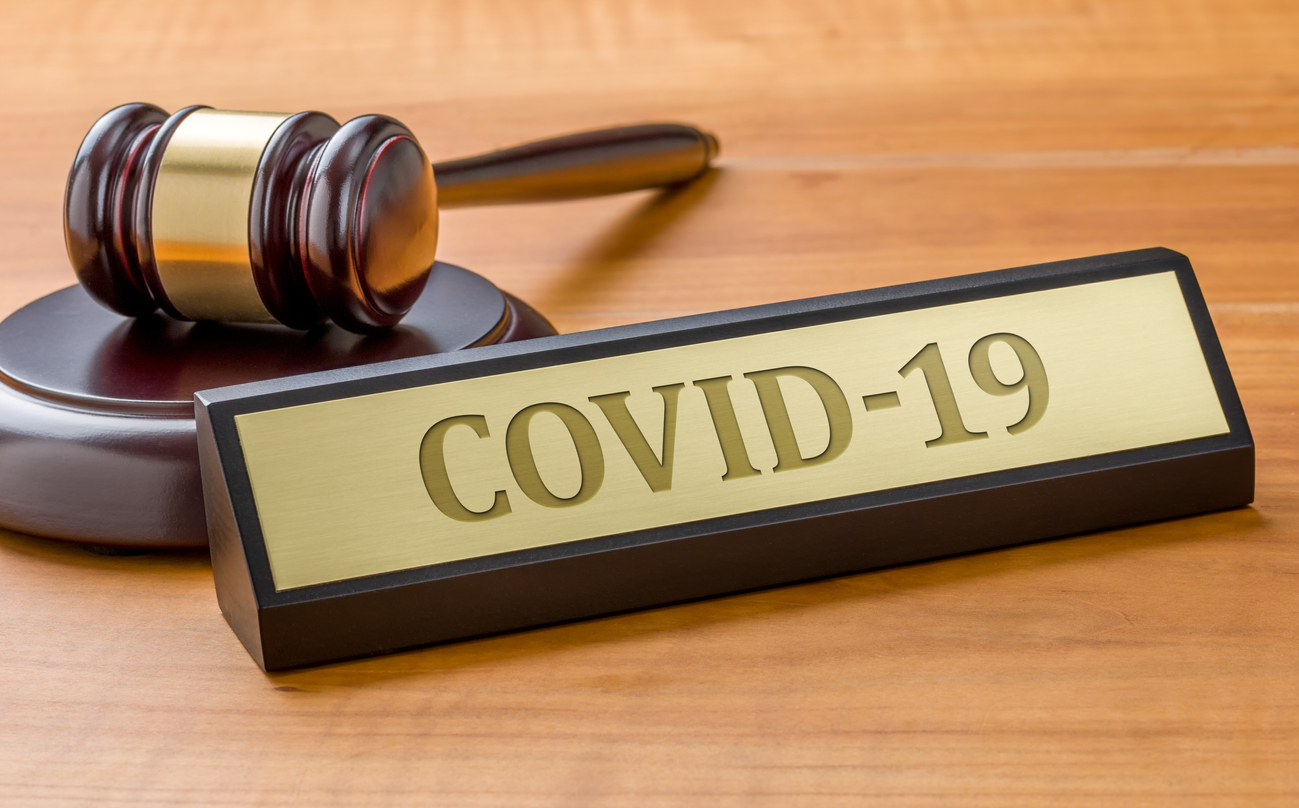(Note: This is the tenth of a thirteen part series on examination under oath).
“How did I do?” and “What happens next?” are the two predominant questions posed to me after my clients finish examinations under oath. Both are very good questions. In fact, what does happen with the claim after an EUO? What actions should policyholders and public adjusters take after an EUO? First, oftentimes during the examination, information such as the names and numbers of handymen or documentation, like an invoice for a handyman, is brought up for the first time. In that case, the public adjuster’s and policyholder’s task is the same: gather the information or documents and forward to defense counsel immediately! And I can not stress this enough: PAs should consider it one of their primary responsibilities to navigate through the post-loss obligations as quickly as possible. For in order to get a claim paid, invoke appraisal, or file a lawsuit, there must be an adequate exchange of information through the post-loss obligations for the carrier to make an independent assessment of the loss. Hence, wading through the quagmire of post-loss requirements is of utmost importance.
Assuming, however, that there are no outstanding requests from the carrier once the EUO concludes, the PA has one course of action: PUSH! That is, pressure the carrier into making a decision and/or paying the claim. For example, under Florida Statute 627.70131, an insurer has ninety days from a residential claim’s inception to either pay or deny, unless factors outside the insurer’s control prevent such. Well, by the time the EUO has occurred, all requested documentation has presumably been provided and a re-inspection at least offered by the PA/policyholder. Thus, upon EUO’s conclusion, there should be no excuses by the carrier. Remind them of this statute. Demand a decision. But always do so professionally. (As I am fond of saying: being a rude jerk does not make you a hard-nosed professional, merely a rude jerk.)
If the carrier does demand a re-inspection post-EUO or more documentation, coordinate the re-inspection or gather the documents immediately. If you suspect that the insurer is asking for more information as a delay tactic, review the matter with an attorney and see if filing a civil remedy notice is warranted. For those not from Florida, a civil remedy notice (CRN) of insurer violation may be filed with the Department of Financial Services to formally place the carrier and the state on notice of the carrier’s bad faith actions. In Florida, if the carrier refuses to pay within 60 days of filing the CRN, they may be subject to suit for bad faith actions at the conclusion of the underlying claim for direct damages. Texas has a similar requirement, but the letter placing the carrier on notice of bad faith allegations is sent directly to the insurer. But whatever jurisdiction in which you work, use all methods at your disposal to push the carrier into rendering its decision post-EUO, unless the carrier wish to place itself in a position of being liable for its own bad faith.
Tune in next week insurance fans, when we discuss Typical Questions Asked During an EUO of an Arson or Suspicious Fire Case.


